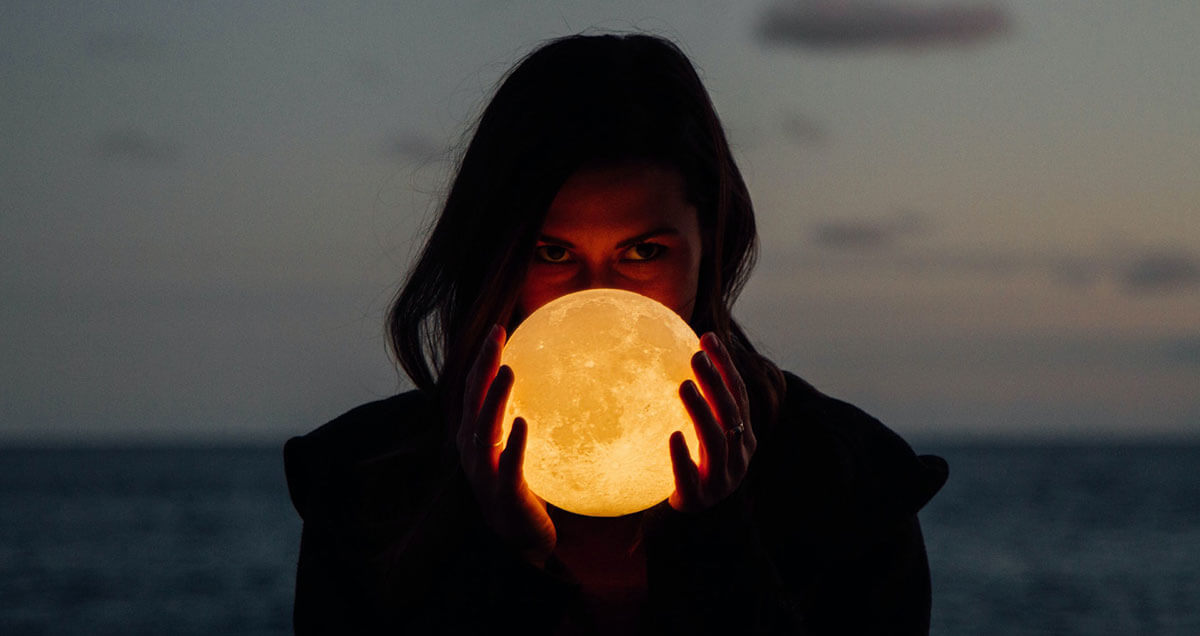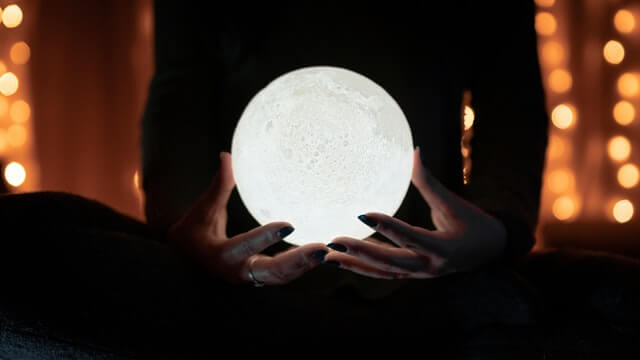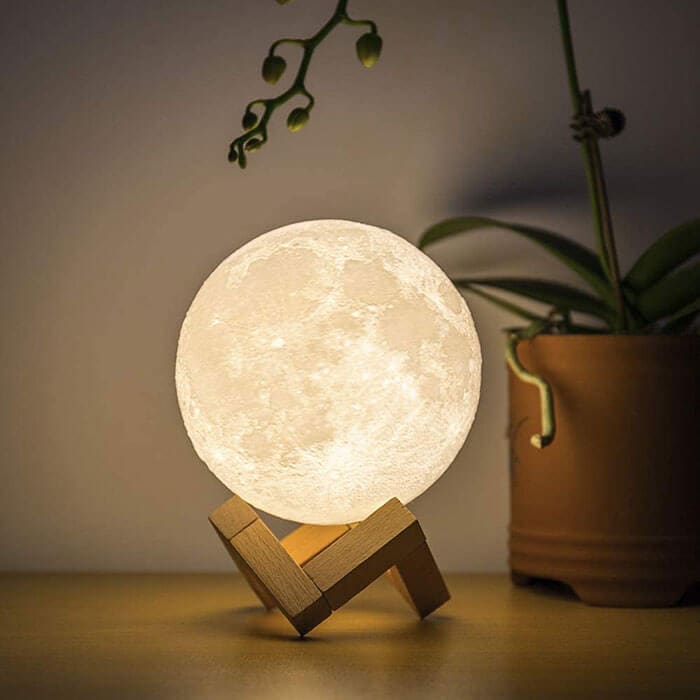
Have you ever wondered just how big the Moon is in the sky? The moon is more than 25% of the total size of the Earth. That is about the same size as Australia! The moon and the Sun appear to be of the same size. However, the Sun is about 400 times bigger than the Moon.
How far apart are our Planet and the Moon?
The distance between the Earth and the moon is approximately 384,400 km. As NASA says, “30 Earth-sized planets could fit in between the Earth and the Moon.” This comes as a surprise considering just how easily we spot the moon by just looking up at the sky at night.
The moon drifts away from the Earth at a rate of about 4cm or 1.5 inches annually. The Moon’s orbit around planet Earth is elliptical. Also, the moon rotates synchronously with the Earth as it moves around its axis in about the same amount of time it takes to make a complete rotation around the Earth, in 27 days and 8 hours. Due to this synchronous rotation, we can only see one side of the moon, always the same.
Moon phases
The Moon is known to display four main phases which are new, first quarter, full and last quarter.
When the Moon is between the Earth and the Sun, we have a new Moon. According to Britannica, “a full moon occurs when the Moon is on the opposite side of the Earth from the Sun, thus the side of the moon that is illuminated faces the Earth”.
The moon phases and its orbit still remain mysteries to many people. A lunar cycle takes about 29 days, so most calendar months have one full moon. The second full moon in a month is regarded as a “blue moon”.
Fun facts about the Moon
The planet that a moon orbit is called its primary. The moon has a spherical rocky body with a small metallic core and a non-uniform mass distribution caused by the impacts of meteorites, comets and asteroids. It has no global magnetic field like that of the Earth, however, some of the surface rocks have remnant magnetism indicating one or more periods of magnetic activity in the past.
The Moon, a Natural Earth satellite
The proximity of the Moon to the Earth is vital to making the Earth inhabitable. The Moon is the only Earth’s natural satellite, and it is also the largest natural satellite.

The Moon has valleys, plains and mountains just as we have it on planet Earth. It also has many holes and craters resulting from the high-speed impact of meteorites on the lunar surface. For many years, people didn’t know about the existence of other moons in the solar system until 1610 when Galileo Galilei discovered four moons orbiting Jupiter in 1610.
More than 200 moons exist in our solar system. They exist in various shapes and sizes. Planet Jupiter is known to have the highest number of moons, with 79. Saturn has 82 moons, Uranus boasts of 27, and Neptune has 14. Mars has just 2 and as you know, there is only one for the Earth. Interestingly, both Venus and Mercury do not have moons at all.
The Earth’s Moon is the 5th largest of the more than 200 moons that orbit planets in the solar system. Scientists have come to believe the Moon was formed when a rock had a powerful collision with the Earth when the solar system was formed more than 4 billion years ago. The exact age of the moon is unknown. It varies between 4.425 billion years and 4.5 billion years.
Lunar eclipse
According to NASA, the phenomenon called lunar eclipse occurs when “the Earth comes between the Sun and the Moon”. When this happens, a shadow is cast on the Moon. A total eclipse will occur when we have full moon and the Sun, Earth, and Moon align to form a line.
During this total eclipse, the moon usually turns a shade of red or orange. The Moon has a reddish color during the total lunar eclipse as a result of a phenomenon called Rayleigh scattering which also causes colorful sunrises and sunsets and gives a blue aspect to the sky.
It is easy for anyone to identify the Moon in the sky at night. This is because of its brightness high up in the sky. We have a full moon when the Moon is on the opposite side of the Earth from the Sun.
The Significance of the Moon

The moon’s brightness is a source of fascination among people throughout history and civilizations. It has inspired numerous cultural traditions. In some civilizations, the moon was regarded as a deity, worshipped by some people. Various folklores and poems have been composed in praise of the moon.
In the olden days in some rural villages, children gather round the elders to hear some stories which were called moonlight tales because they were told under the brightness of the moon at night. The surface of the Moon reflects light and this makes people think it has a light of its own.
In astrology, people see the moon as a representation of the soul. The moon has also been associated with various virtues such as a new beginning, optimism and love. Lots of languages have beautiful words that refer to the Moon. In French, it is called “Lune”, in Italian it is “Luna” and “Selene” in Greek.
Man’s Voyage to the Moon
Man has been on the moon in the past. Indeed, the Apollo 11 mission from the United States was the first successful mission to the moon in 1969.
In 2019, a Chinese spacecraft was the first-ever spacecraft to land on the far side of the moon. Until now, the Moon is the only place outside the Earth man is known to have set foot.
We can only see one side of the Moon from Earth, it never changes. Indeed, one has to go into space to see the other side of it. The side of the Moon facing away from the Earth is referred to as the “far side of the Moon” by scientists.
Most citizens see no reason why the government should sponsor an expedition to the Moon with the state resources, this is one of the key reasons it has become difficult to send a man to the moon again.
Keep exploring
Do you want to have the moon at home? Check out our moon lamp!

